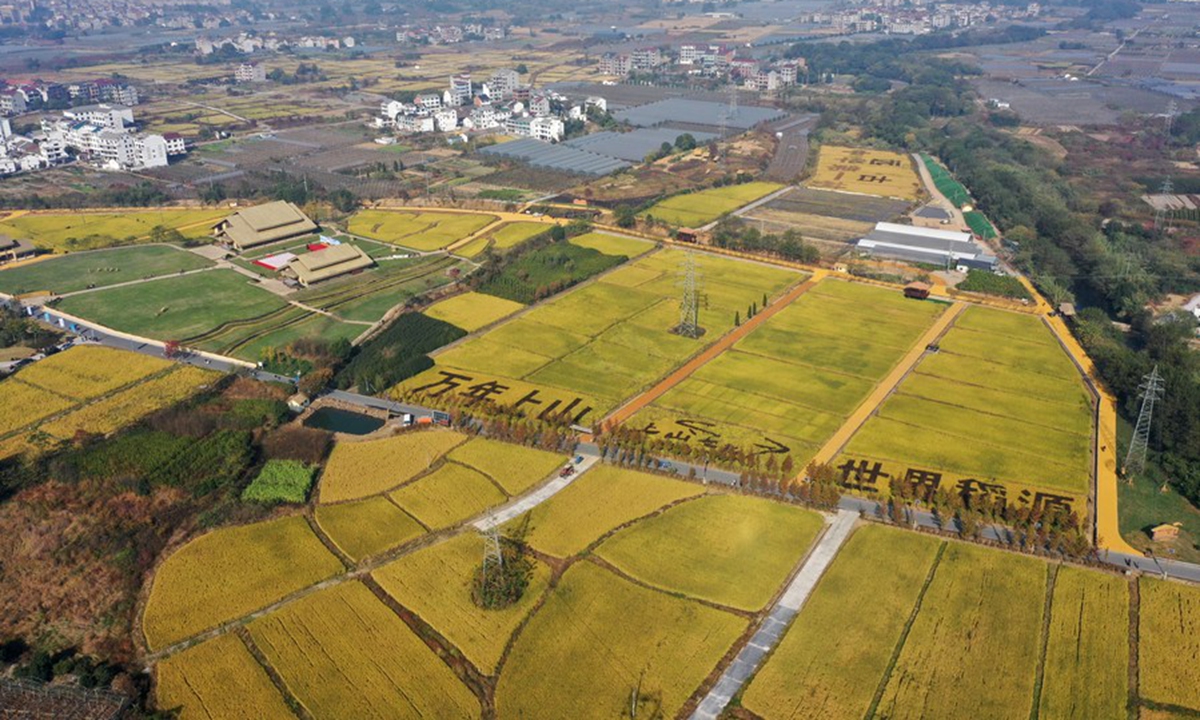Experts agree that east China's Shangshan site is location of world's earliest rice cultivation
Source: Xinhua Published: 2020/11/16 10:21:16

Photo taken on Nov. 13, 2020 shows the Shangshan site in east China's Zhejiang Province. (Xinhua/Han Chuanhao)
A symposium of experts from China's top-notch archaeological institutions has reached a consensus that the Shangshan site in east China's Zhejiang Province was the world's earliest rice cultivation location.
Rice remains from about 10,000 years ago have been recovered from the Shangshan site in the lower reaches of the Yangtze River, and have been recognized as the world's earliest examples of rice cultivation.
Since first discovered in 2000 in Pujiang County, Jinhua City, 19 sites of the Shangshan culture dating back between 11,400 years and 8,600 years have been unearthed, providing more evidence of rice cultivation, said Jiang Leping, head of the archaeological research team of the Shangshan culture and a researcher from the Zhejiang institute of cultural relics and archaeology at the symposium that closed on Saturday.
More than 40 experts attended the symposium sponsored by the Chinese Archaeological Society, the Zhejiang provincial department of culture and tourism, the Zhejiang provincial administration of cultural heritage and the Jinhua municipal government.
They reached a consensus that the excavation of the Shangshan site has unearthed a relatively complete chain of evidence from rice harvesting and processing to consumption. The findings constitute the earliest rice farming remains found in the world so far.
Lyu Houyuan, a researcher from the Institute of Geology and Geophysics at the Chinese Academy of Sciences, said that phytolith analysis in crops that they used for the study of the rice remains at the Shangshan site has been incorporated into teaching materials used by universities in Europe and the United States.
Posted in: SOCIETY